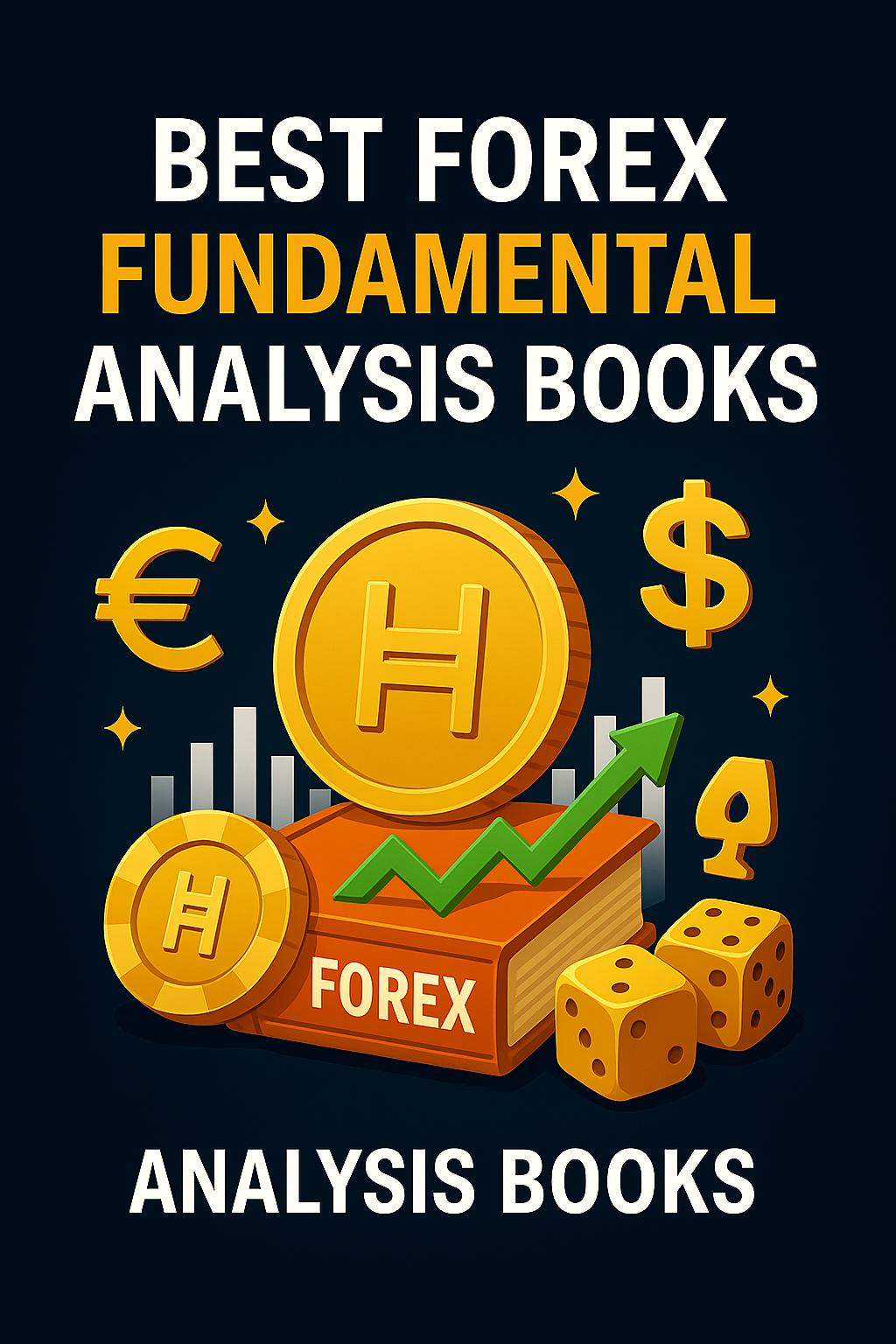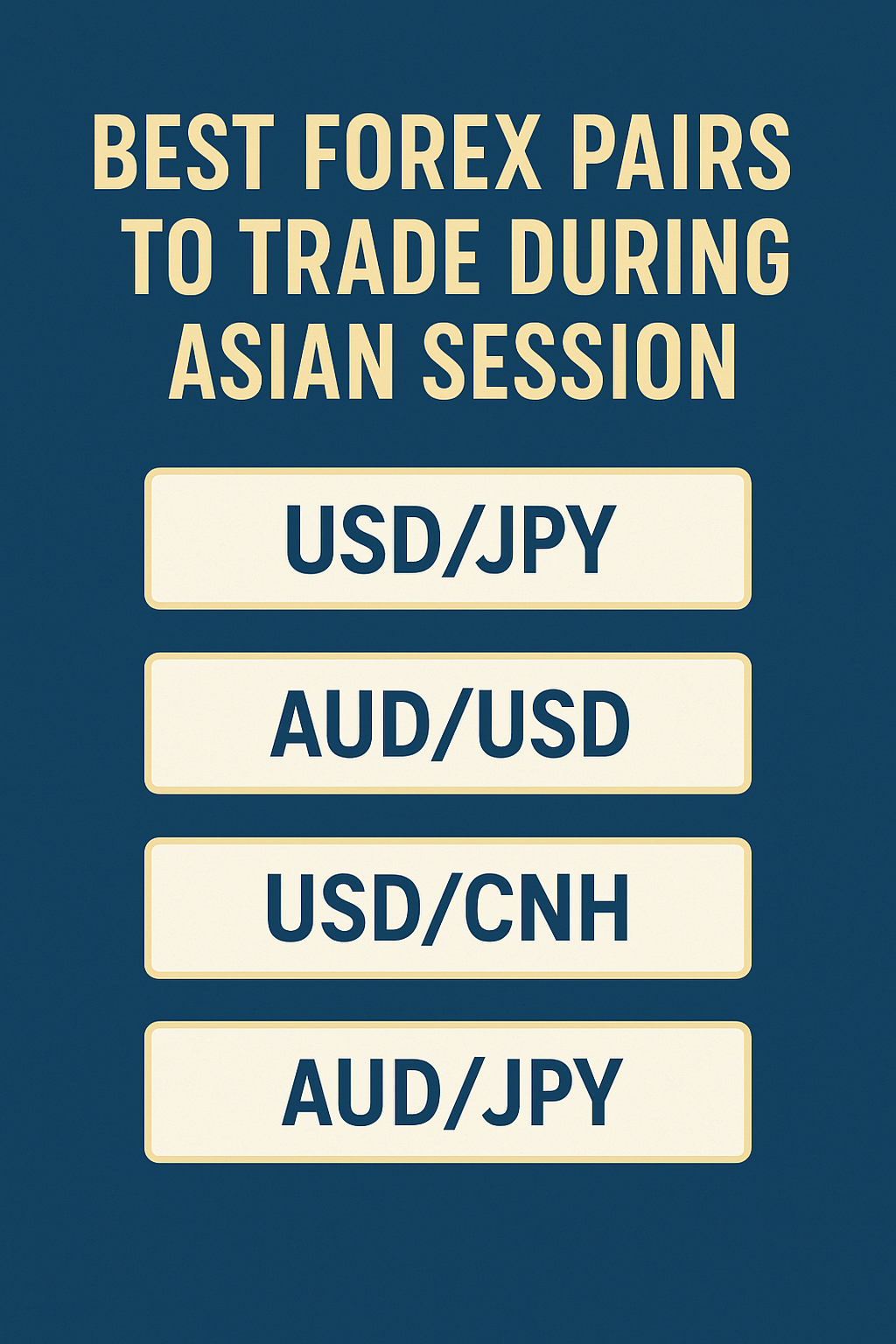In this article, I will review the Best Forex Fundamental Analysis Books that every investor in currency trading must go through.
These texts skillfully cover relevant macroeconomic benchmarks, policies of central banks, and other intricate factors shaping the forex market.
Regardless of your skill level, these materials will deepen your comprehension of the fundamental analysis of forex trading.
Key Point & Best Forex Fundamental Analysis Books
| Book Title | Key Point |
|---|---|
| Currency Trading and Intermarket Analysis – Ashraf Laidi | Explains how global macroeconomic trends and asset correlations influence currency movements. |
| Day Trading and Swing Trading the Currency Market – Kathy Lien | Combines real-world macroeconomic analysis with actionable forex trading strategies. |
| Trading Economics – Trevor Williams & Victoria Turton | Teaches how to interpret economic indicators to predict forex market reactions. |
| The Little Book of Currency Trading – Kathy Lien | Breaks down fundamental forex concepts and macro drivers in a beginner-friendly style. |
| Globalizing Capital – Barry Eichengreen | Provides historical context on monetary systems shaping currency valuation. |
| Essentials of Foreign Exchange Trading – James Chen | Covers the basics of forex markets, including key economic forces like interest rates. |
| Macroeconomics for Professionals – Lipschitz & Schadler | Connects macro theory to forex practice, especially regarding central bank impacts. |
| International Economics – Krugman & Obstfeld | Offers deep insights into trade, capital flows, and currency trends over time. |
| Economics in One Lesson – Henry Hazlitt | Introduces timeless economic principles useful for interpreting market fundamentals. |
| Foreign Exchange: A Practical Guide to the FX Markets – Tim Weithers | Gives in-depth understanding of FX market operations and macroeconomic influences. |
1. “Currency Trading and Intermarket Analysis” by Ashraf Laidi
Laidi’s work is a perfect blend of global macro events and forex. Laidi shows how currencies respond to commodities, stock, and bond markets.(Laidi,2003).
He teaches the students who are willing to learn forex trading to analyze intermarket correlations like the impact of oil price on Canadian dollar and rate hike on U.S. dollar.
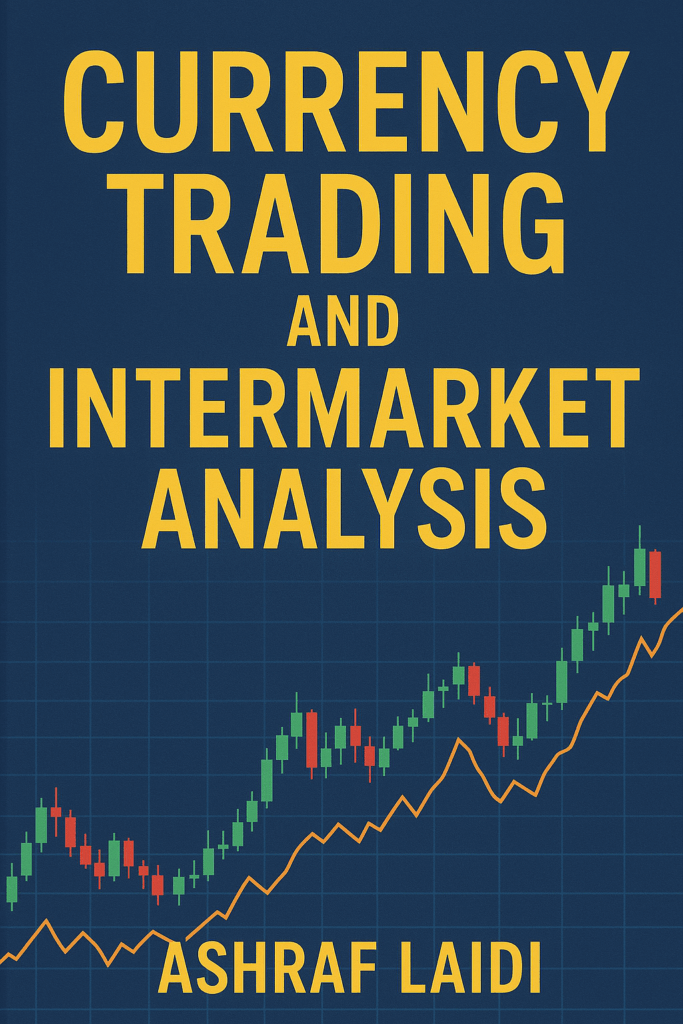
As an expert, he guides readers go beyond charted values and fathom the surrounding economic reasons to price shifts.
Students aspiring to forecast with great intensity around economically unstable times will find this book to be a great help during strong tapering time windows.
“Currency Trading and Intermarket Analysis” – Ashraf Laidi
Pros:
- Excellent integration of intermarket relations alongside macroeconomic events.
- The inclusion of case studies is helpful.
- Aids in comprehending the global context behind forex moves.
Cons:
- Lack of macro understanding may make it difficult for beginners.
- Little emphasis on trade entries or plans.
2. Day Trading and Swing Trading the Currency Market by Kathy Lien
Kathy Lien offers a practical approach to the market by integrating macroeconomics with technical trading strategies. The book covers the impacts of interest rates, central bank actions, GDP data, and geopolitical events on currency movements.
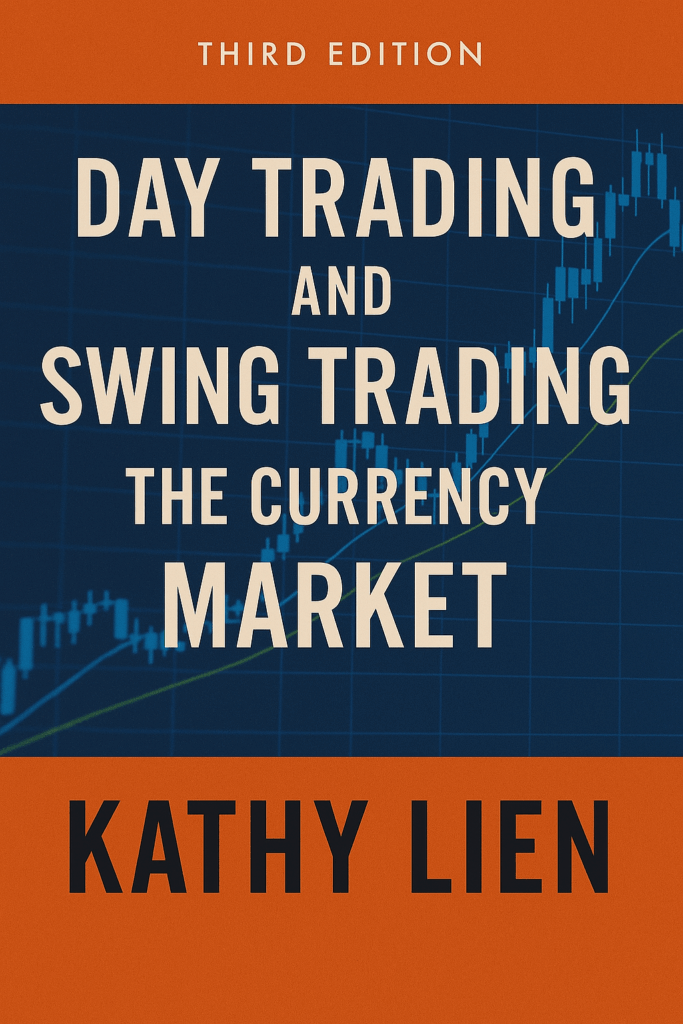
Besides, she provides adequate trading setups that coincide with market news and other fundamental considerations, making it suitable for both short-term and macro traders.
Due to her years of institutional trading, Lien brings a unique perspective on fundamentals, helping readers grasp how experts analyze critical data. Being able to simplify complex ideas is a quality that serious forex traders will appreciate.
“Day Trading and Swing Trading the Currency Market” – Kathy Lien
Pros:
- Incorporated both technical and fundamental analysis for short-term trades.
- Supported by real-world data and examples.
- Authored by a recognized forex insider.
Cons:
- Strategies may be too outdated for some to use.
- Limited in scope regarding long-term macro focus.
3. “Trading Economics” by Trevor Williams & Victoria Turton
The authors have explained with clarity and in simple terms complicated economic indicators and their impact on financial markets, in particular, the forex.
It provides a roadmap on data releases such as inflation and employment figures and consumer sentiment explaining how the market reacts to them.
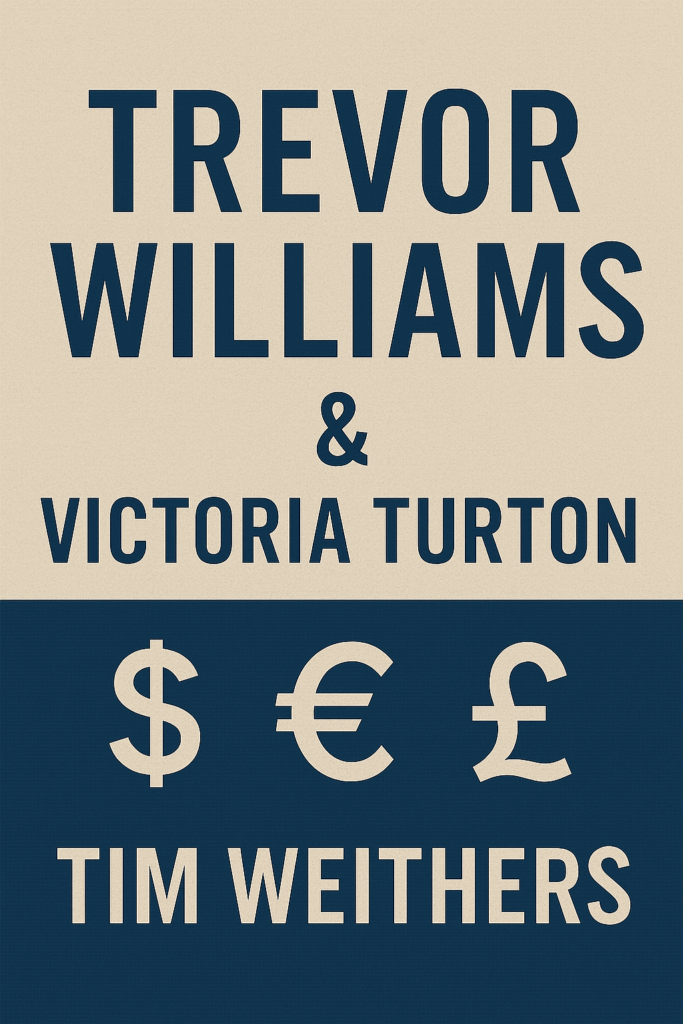
Furthermore, Williams and Turton analyze the central bank’s behavior, the impact of fiscal policy on economic activity, and the trade relations between countries.
The book focuses more on practical application rather than theory, which enables traders and analysts to forecast changes in economic expectations.
Its straightforward presentation makes it useful for neophytes in macroeconomic analysis while providing enough depth for advanced readers keen on polishing their economic forecasting skills.
“Trading Economics” – Trevor Williams & Victoria Turton
Pros:
- Nice description of market-moving economic indicators.
- Encourages a disciplined approach, enhancing self-control.
- Balanced coverage for traders and finance specialists.
Cons:
- Heavy on teaching concepts, light on developing actionable strategies.
- Lack of economics background may find it dense.
4. “The Little Book of Currency Trading” by Kathy Lien
Kathy Lien centers her approach to currency trading around the major economic and psychological drivers of price action.
The book and its compact form are tailored for ease of reading, elaborating on the impact of news, interest rates, and market sentiment on forex prices.
She also covers trading discipline and risk management, making the book appropriate for starting and casual traders.
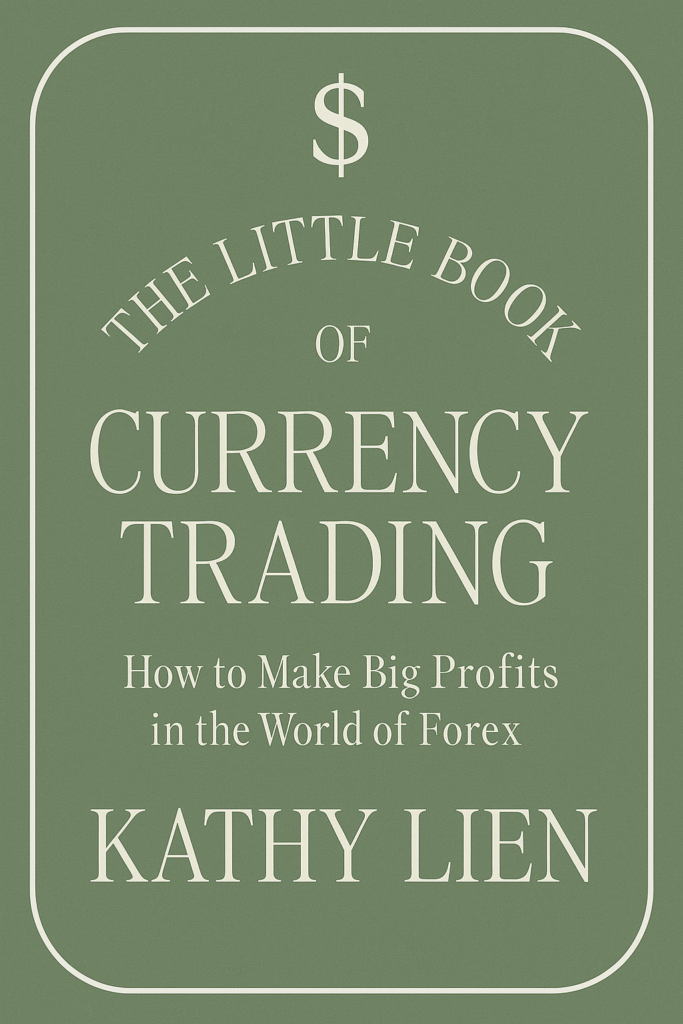
Lien’s writing ensures that most readers, no matter their background, will understand and easily appreciate the ideas presented.
For those willing to be introduced to fundamental analysis, this book is a good starting point as it doesn’t bombard readers with jargon or overly complex academic reasoning.
“The Little Book of Currency Trading” – Kathy Lien.
Pros:
- Simple and accessible for beginners.
- Discusses interest rates and news events as high level triggers.
- Offers guidance on mindset and risk management.
Cons:
- No detailed advanced strategy analysis.
- Not useful for seasoned traders seeking fresh perspectives.
5. “Globalizing Capital” by Barry Eichengreen
In this book, Barry Eichengreen examines the history of the international monetary systems, looking at everything from the gold standard to contemporary exchange rate systems.
Although it is not a conventional forex trading book, it is invaluable to grasp how historical affairs have molded the currency markets of today.
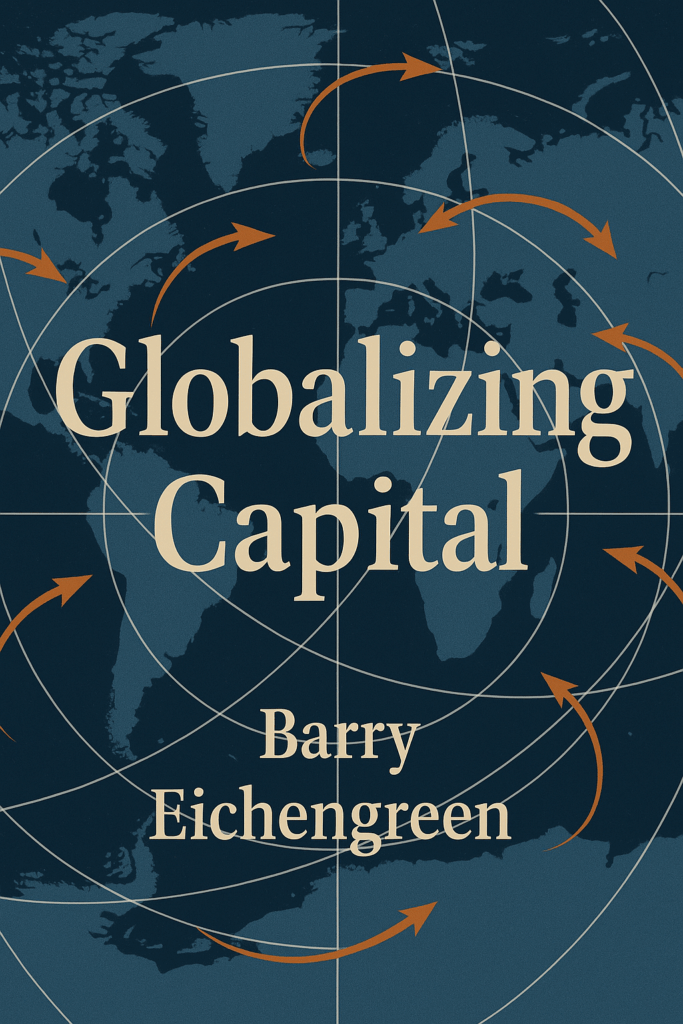
The book explains the central banks’ role, the provinces of international cooperation, and the restrictions on capital flows, which determine exchange rate policies.
This book is especially rewarding for traders interested in long-term macroeconomic trends and the geopolitical backdrop.
Eichengreen’s arguments shed light on the reasons behind the differences in currency stability and the influence of the global financial system on forex volatility and the policies enacted in response to it.—
“Globalizing Capital” – Barry Eichengreen.
Pros:
- Contains a fascinating history of monetary systems and currency regimes.
- Aids in understanding long term trends and the actions of central banks.
- Must-read for enthusiasts of macroeconomics.
Cons:
- Theoretical in nature with little focus on actual market strategies or tactics.
- Dense and difficult for new readers to economic history.
6. “Essentials of Foreign Exchange Trading” by James Chen
James Chen presents an elaborate foreign exchange guide with balanced attention to both fundamental and technical analysis. The book explains what determines the value of a currency: interest rates, inflation, economic growth, and how to make sense of related news releases.
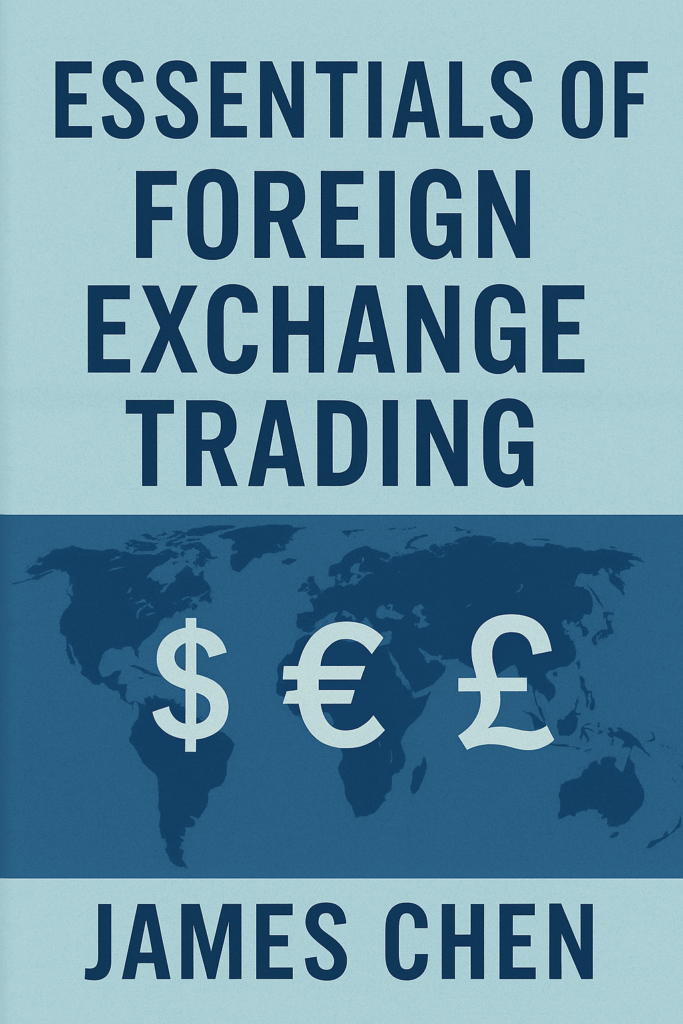
Additionally, he covers execution of trades, market psychology, and the various layers of risk involved. For emerging traders, this book is crucial as it explains intricacies that affect the market.
With step-by-step explanations and practical illustrations, forex traders at all levels will understand its intricacies, allowing them to design effective trading strategies based on sound macroeconomic principles.
“Essentials of Foreign Exchange Trading” – James Chen.
Pros:
- Balanced introduction to fundamentals of forex and trading execution.
- Clear explanations and examples make it accessible for beginners.
- Discusses market drivers such as interest rates and inflation.
Cons:
- Lacks depth on macroeconomic theory.
- Doesn’t cover topics in as much detail as advanced or institutional traders would expect.
7. Macroeconomics for Professionals by Leslie Lipschitz and Susan Schadler.
This book fills the void between scholarly macroeconomics and practical finance, making it suitable for forex traders and analysts. It covers the interplay of inflation, fiscal deficits, and monetary policy and how these macroeconomic indicators affect exchange rates.
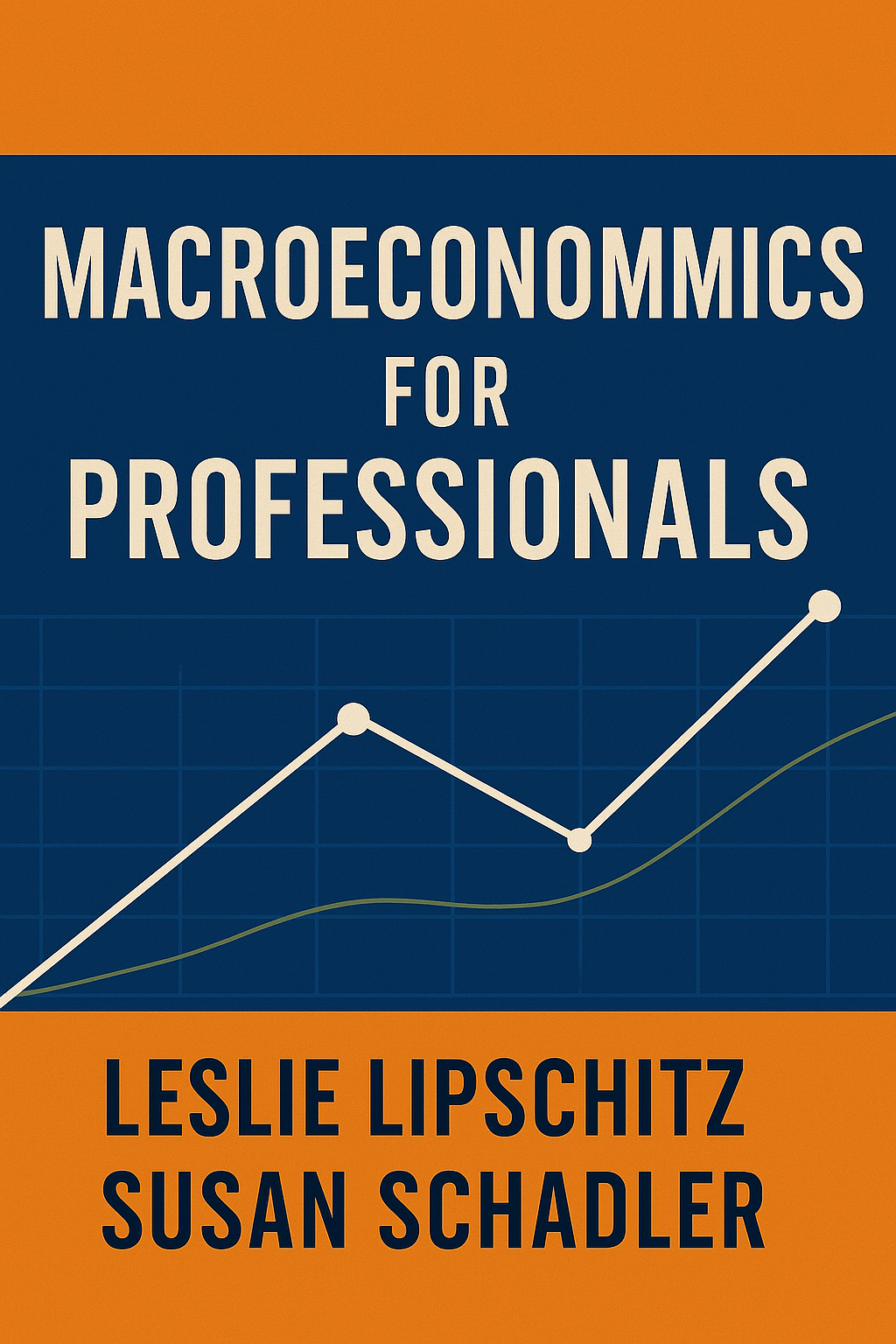
The authors, former IMF economists, offer a systematic approach to country risk evaluation and economic sustainability appraisal. Focusing on emerging markets and global interdependence, the book helps readers look beyond the headlines when evaluating currencies.
It equips traders with the ability to anticipate central bank decisions through its case studies and policy discussions, making it highly useful for macro traders and analysts at the institutional level.
“Macroeconomics for Professionals” – Lipschitz & Schadler
Pros:
- A practical guide based on macroeconomic analysis of real-world developments.
- Useful for traders evaluating central bank policy and country risk.
- Authors are former IMF professionals.
Cons:
- Has a prerequisite requirement of some economics background.
- More theoretical and less practical in regards to daily trading tactics.
8. “International Economics” By Paul Krugman & Maurice Obstfeld
In “International Economics,” Krugman and Obstfeld provide a comprehensive analysis the drivers of currency markets. The authors discuss topics like comparative advantage, balance of payments, capital flows, exchange rate systems, and international capital movements.
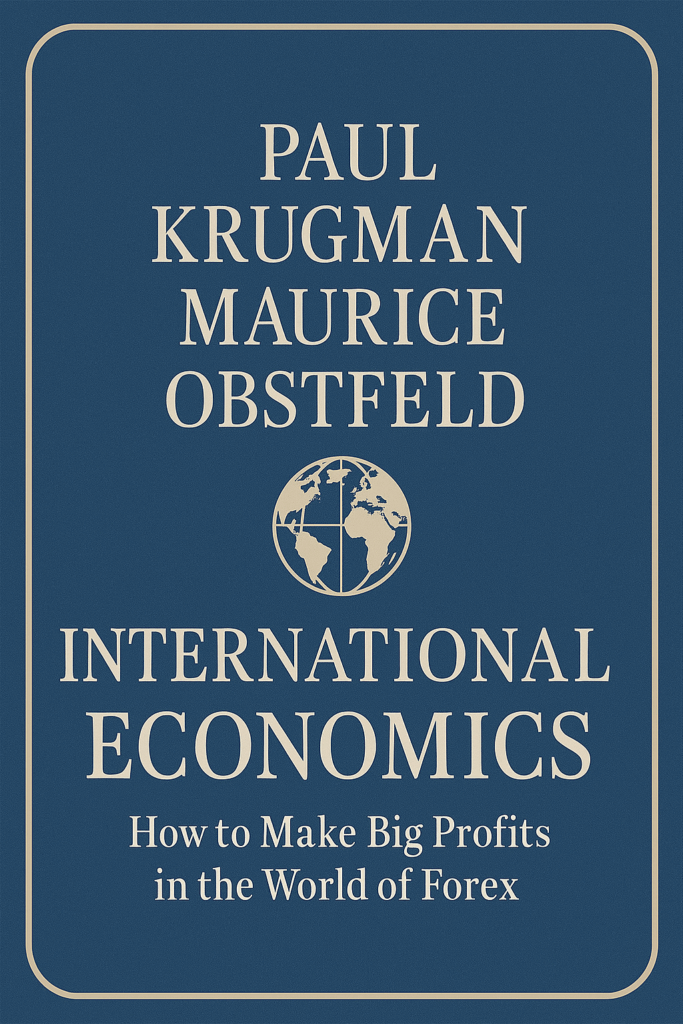
While the text is undoubtedly scholarly, its macroeconomic themes will appeal to traders who seek to understand the underlying forces driving forex markets.
The case studies and models illustrate how government interventions, trade deficits, and the free movement of capital impact the stability of a currency. Economists will find it particularly valuable for studying the long-term shifts and policy determinants of the global forex market.
“International Economics” – Paul Krugman & Maurice Obstfeld
Pros:
- Extensive treatment of trade, finance, and currency relations.
- Helpful for understanding some macro-level forces of the economy.
- Well-regarded and sound in academic circles.
Cons:
- Heavy and textbook-like; does not focus on trading.
- Does not directly apply to the current forex market.
9. “Economics in One Lesson” by Henry Hazlitt
In understanding the value of a currency over time, policy decisions in the short-run require fundamental economic principles to be grasped, which Hazlitt’s classic book does.
It may not be dedicated to forex exclusively, but it illustrates the impact of incentives, regulation, and government intervention on the entire economy.
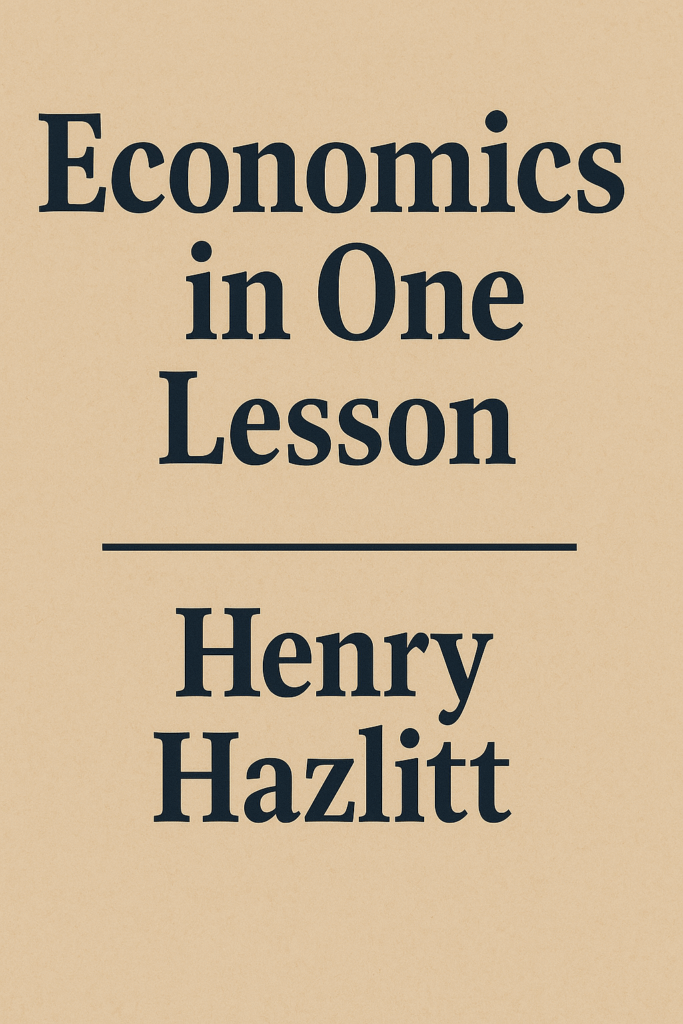
It corrects popular misconceptions by emphasizing long-term thinking which is vital when evaluating macroeconomic stability and currency sustainment.
If you are a trader aspiring to think logically within a free-market framework, this book will offer you invaluable insights. It is short and philosophical in nature while explaining the functioning of real economies and forex markets.
“Economics in One Lesson” – Henry Hazlitt
Pros:
- Ageless principles of economics articulated clearly.
- Builds an understanding of economics.
- Promotes thinking well into the future for policies.
Cons:
- Lacks focus on forex and broader markets.
- No trading or analysis tools provided.
10. “Foreign Exchange: A Practical Guide to the FX Markets” by Tim Weithers
Through the lens of macroeconomics, Tim Weithers gives a profound examination of how FX markets work, integrating the insights of institutions and their operations.
The book discusses the effects of interest rate differentials, monetary policy, and capital flows on the exchange rates. Making it ideal for both traders and finance specialists, Weithers covers market conventions, trading jargon, and FX instruments.
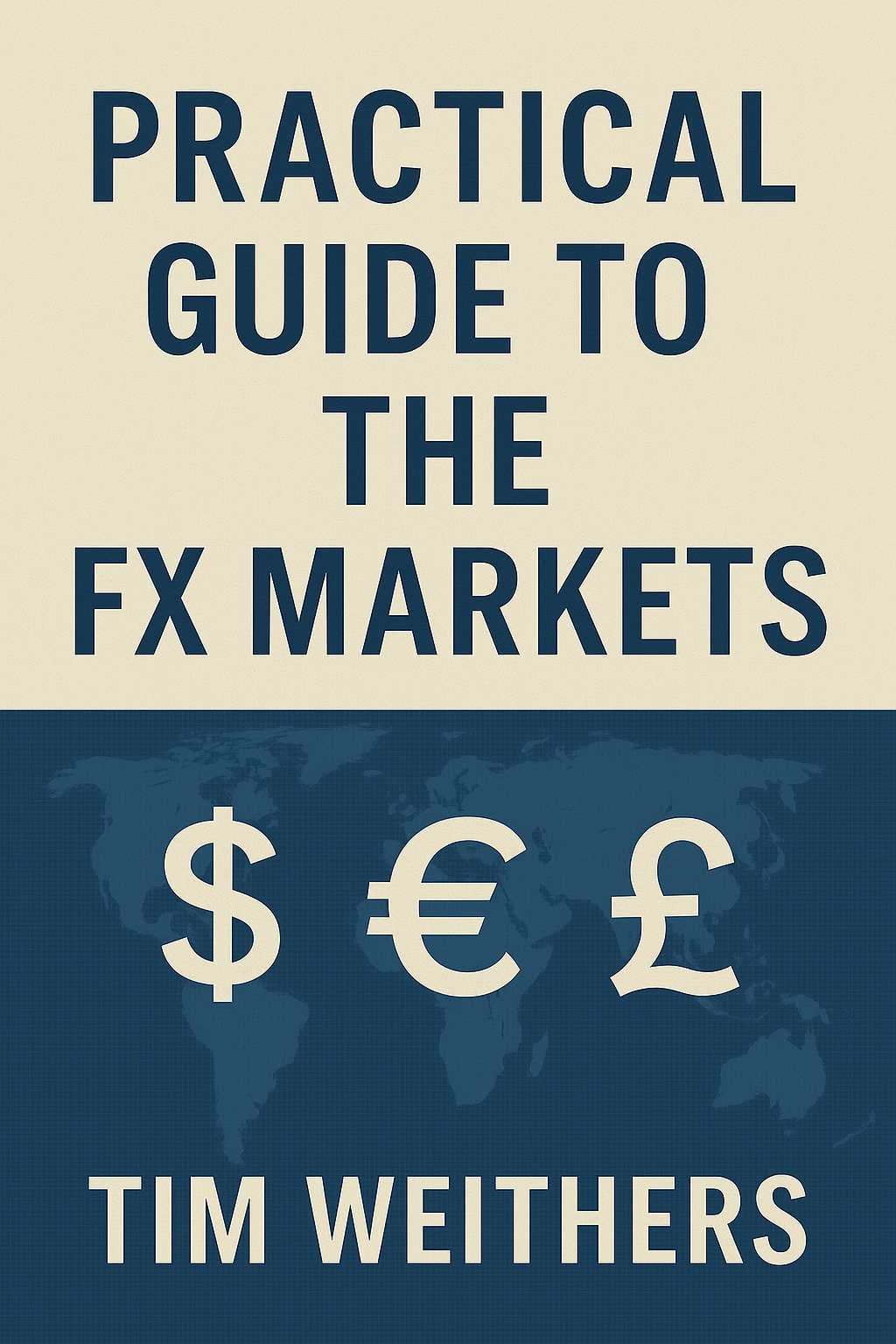
Unlike academic texts that focus solely on theory, this book aids readers in forex trading with practical exercises, deeply rooted in the economic rationale behind price fluctuations.
It provides a comprehensive description of the forex market which, combined with clarity, makes it an invaluable resource for any dedicated learner.
“Foreign Exchange: A Practical Guide to the FX Markets” – Tim Weithers
Pros:
- Gives an insider’s view of the functioning of international foreign exchange markets.
- Discusses everything from macro considerations to trading.
- Beneficial to professional traders as well as finance experts.
Cons:
- Comes across as too technical to novices.
- Concentrates on foreign exchange markets as opposed to trading plans.
Conclusion
Success in trading forex hinges on mastering fundamental analysis, and the recommended books equip traders of all levels with a profound and comprehensive toolkit. From Laidi Ashraf’s intermarket analytical insights to Kathy Lien’s Ry- trading approaches, and macroeconomics to history, each book offers rationale on what moves currency values.
These books will make you feel more comfortable understanding the core concepts as well as enriching the experience from a seasoned trader looking to strengthen the macro perspective in regard to the currency pairs in trade.


